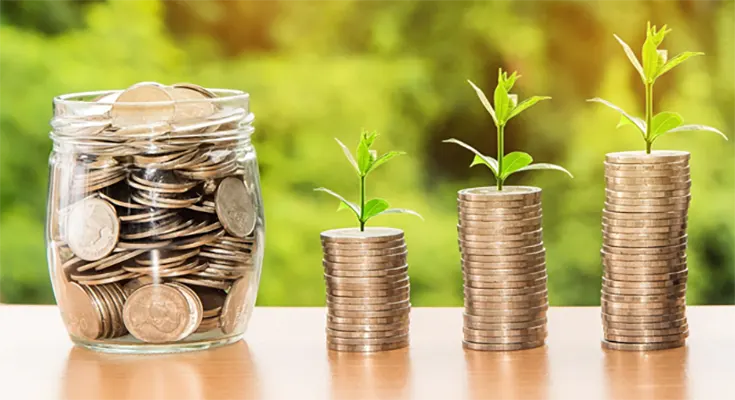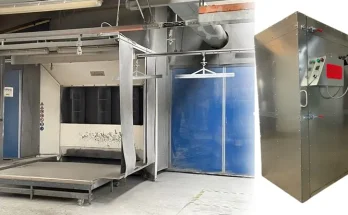Fixed Deposits (FDs) are a popular and secure investment option in India, offering guaranteed returns with minimal risk. When considering an FD, one of the most crucial decisions you must make is choosing the right FD term. The term refers to the period for which the money is locked in the deposit. The right FD term depends on various factors, including your financial goals, risk appetite, and liquidity needs. Let’s explore how to choose the ideal FD term that aligns with your objectives.
Understanding Fixed Deposit Terms
The FD term refers to the duration for which the deposit is held by the bank or financial institution. FD terms can range from as short as seven days to as long as ten years. The interest rate, liquidity, and penalties for early withdrawal all vary based on the term you choose. For instance, shorter-term FDs usually have lower interest rates compared to longer ones. However, locking money away for longer periods might not suit everyone, especially if you require access to your funds in the near future.
Factors to Consider When Choosing an FD Term
- Financial Goals and Objectives Your primary consideration should be your financial objectives. Do you need short-term savings or are you saving for long-term goals like your child’s education, marriage, or retirement? If you have a short-term goal, such as saving for an emergency or purchasing a vehicle, a short-term FD (6 months to 1 year) may be ideal. However, if you’re aiming for long-term wealth creation, an FD with a longer tenure (3 to 5 years) may be more beneficial due to higher interest rates.
- Interest Rates Fixed deposit interest rates generally increase with the length of the deposit term. For instance, if you are considering an HDFC Fixed Deposit app, you’ll notice that longer-term FDs typically offer better rates. Currently, banks like HDFC and SBI offer varying rates based on the FD term. Yono SBI Fixed Deposit Interest Rate, for example, is competitive and can be compared for different tenures to see which gives you the best return.
When selecting the term, ensure that the interest rate offered aligns with your financial objectives. If you can lock your money for a longer period, you can benefit from higher returns. - Liquidity Needs A key consideration when choosing an FD term is your liquidity needs. FDs typically have a lock-in period, meaning you cannot access your funds until the maturity date. Early withdrawals are allowed, but they come with penalties and lower interest rates. If you anticipate needing access to your funds in the short term, a short-term FD might be a better option.
On the other hand, if you can afford to let your money remain locked in for an extended period without affecting your day-to-day needs, a long-term FD may be more appropriate, as it offers higher returns. - Inflation and Taxation Inflation can erode the real value of your returns over time. While long-term FDs generally offer higher interest rates, the effects of inflation could reduce the purchasing power of the returns if inflation rates outpace the interest rate.
Also, the taxation on FD returns should be considered. The interest earned from an FD is taxable, and your tax bracket can impact the overall returns you receive. If you are in a high tax bracket, it may be worth considering FDs that are tax-saving (like a 5-year FD), as they offer exemptions under Section 80C of the Income Tax Act. - Risk Tolerance Fixed deposits are considered low-risk investments. However, the interest rate and the possibility of early withdrawals can vary depending on the bank and the FD term. Your risk tolerance will dictate whether you should opt for a safer, low-return short-term FD or a slightly higher-risk, higher-return long-term FD.
- Bank’s Reputation The reputation of the bank or financial institution you invest in plays an essential role in ensuring the security of your principal and interest. Banks like HDFC and SBI are well-known for their stability and customer service. Using the HDFC Fixed Deposit app or Yono SBI Fixed Deposit interest rate tool allows you to check the latest rates and policies, ensuring you make an informed decision.
- Compounding Frequency Another factor to consider is the compounding frequency. Most FDs compound interest quarterly or annually, which can significantly impact your returns over the long term. The more frequently interest is compounded, the higher the effective returns.
Types of FD Terms
- Short-Term FDs (7 days to 1 year) Short-term FDs are ideal for individuals looking to park their money temporarily while earning some interest. These are often used for emergency funds or when you anticipate needing the money soon. The interest rates may be lower compared to longer-term FDs, but the flexibility of accessing funds makes them a safe choice.
- Medium-Term FDs (1 to 3 years) Medium-term FDs offer a balance between liquidity and interest rates. These FDs can be ideal if you want a decent return while keeping the option of accessing funds in the not-too-distant future. It’s also a popular option for those saving for specific goals in the medium term, like a down payment on a house.
- Long-Term FDs (3 to 10 years) Long-term FDs usually offer the highest interest rates. These are perfect for individuals saving for long-term goals and can be a good retirement tool. However, the trade-off is the lack of liquidity for the duration of the FD term, making it crucial that you don’t need to access these funds in the near future.
Using Online Platforms to Manage FD Investments
Thanks to the advancement of technology, platforms like HDFC Fixed Deposit app and Yono SBI Fixed Deposit interest rate calculator allow you to easily compare FD rates, calculate potential returns, and manage your investments seamlessly. Using these apps, you can also track the performance of your FD, renew it, or choose the best FD term that suits your goals without physically visiting a bank.
Conclusion
Choosing the right FD term is a crucial step in achieving your financial goals. Whether you use the HDFC Fixed Deposit app to find the best rates or consider the Yono SBI Fixed Deposit interest rate, it’s essential to evaluate your financial needs, liquidity preferences, risk tolerance, and investment goals before making a decision. By understanding your requirements, you can select the ideal FD term that provides you with optimal returns while ensuring you have access to your funds when needed. Always remember to assess market conditions, compare interest rates, and plan your investments accordingly for a secure financial future.





